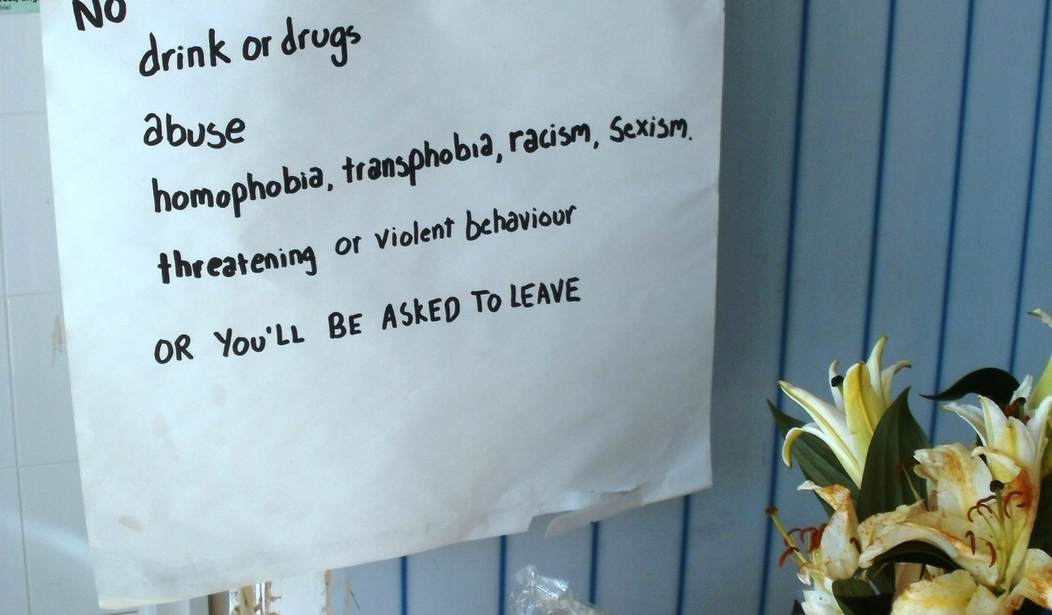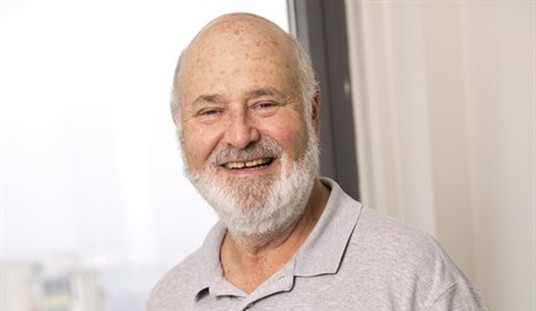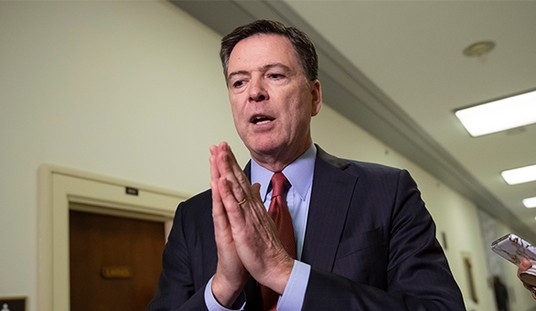Safe spaces may well be the dumbest invention of this century. What started out as a way for students of different groups to talk about the issues that impacted them amongst themselves has exploded into a desire for complete segregation and speech control.
While those leftists who worship identity politics seem intent on growing them in size and influence, safe spaces are openly mocked by the right and middle of American politics.
Now, even some on the left are joining in on the fun — you know it’s bad when the L.A. Times is taking issue with them:
Then temporary meeting spaces morphed into permanent ones. More recently, some advocates have turned their attention to student housing, which they want to turn into safe spaces by segregating student living quarters. Who would have imagined that the original safe space motive — to explore issues in an inclusive environment — would so quickly give way to the impulse to quarantine oneself and create de facto cultural segregation?
Safe space activism stems primarily from the separatist impulses associated with the politics of identity, already rampant on campus. For some individuals, the attraction of a safe space is that it insulates them from not just hostility, but the views of people who are not like them. Students’ frequent demand for protection from uncomfortable ideas on campus — such as so-called trigger warnings — is now paralleled by calls to be physically separated too. Groups contend that their well-being depends on living with their own kind.
In 2015 and 2016, students of color at many colleges called for segregated safe spaces. For example, among the 14-page list of demands made by a group of Oberlin students was that “spaces throughout the Oberlin College campus be designated as a safe space for Africana identifying students.” Oberlin’s president refused, noting the whole list “explicitly rejects the notion of collaborative engagement.”
Unfortunately, he seems intent on making this a bipartisan issue because some right-leaning campus groups have adopted the term “safe space” themselves:
A leader of UCLA’s Bruin Republicans describes her group as “a space for conservative students to share their opinion without facing criticism or attacks from faculty and students who disagree with them.”
The author of the piece, Frank Furedi, presents this conservative space as if it’s even remotely on par with demanding segregated spaces based on the color of their skin. The conservative group is about the content of a person’s character. While the term is probably not the best choice for what the group is (considering many Republicans openly mock the idea of safe spaces), let’s be honest and admit that if it is a safe space, it’s more in keeping with the spirit of the original safe space idea than the demands for non-white locations throughout a campus.
In trying to equate the two, Furedi actually illustrates why the UCLA Bruin Republicans may feel they need a safe space: everything they do is viewed as being evil. Even when they just want to get together and not be called racist, sexist, homophobic, transphobic, or any other kind of -ist or -phobic you want to throw out there simply because they want smaller government or free markets.









Join the conversation as a VIP Member